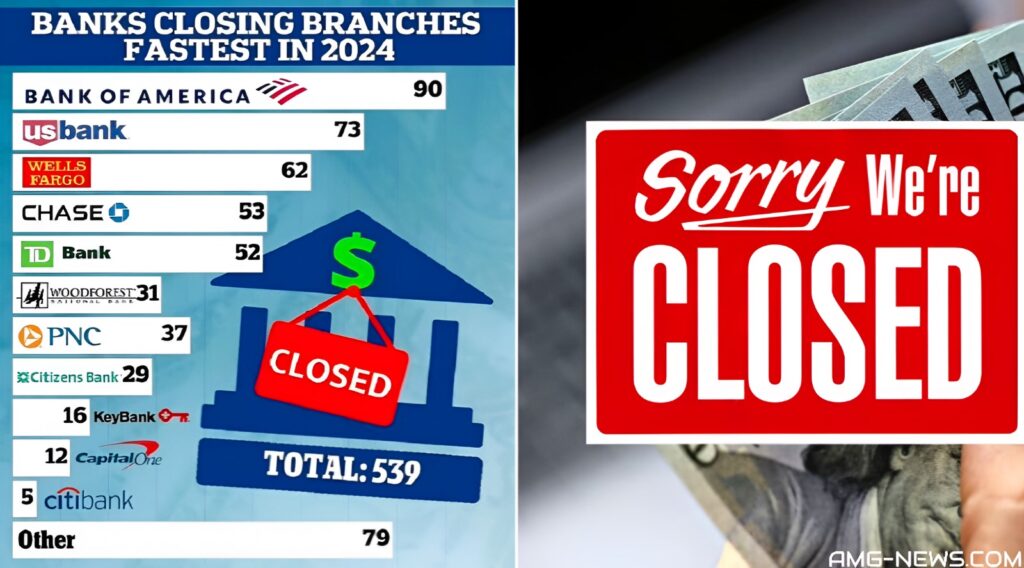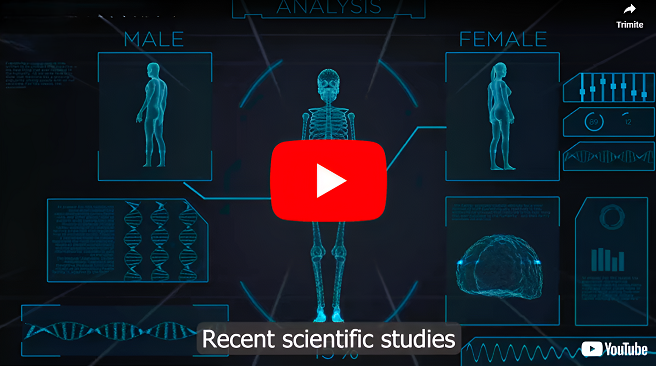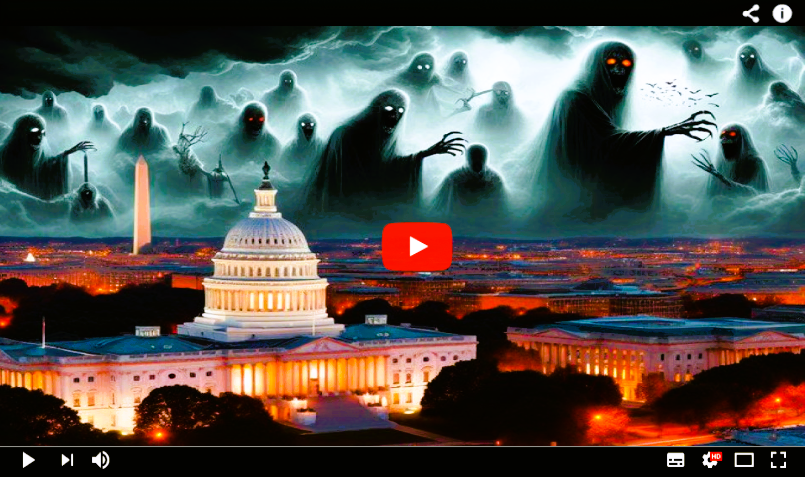Breaking Financial News! U.S. Banks Shut Down 55 Branches in Just Two Weeks: Wells Fargo, Chase, Bank of America, and Fulton
Ready to uncover the truth? Sick of the lies? Join our Telegram Channel now. It’s time for the real story! My gratitude to all my readers!
BREAKING: Major U.S. banks have closed 55 branches in just two weeks, signaling a dramatic shift towards digital banking. As Basel III compliance looms and government shutdown risks rise, traditional banking faces unprecedented challenges. Discover the full story behind these closures and what it means for the future of banking.
Breaking: U.S. Banks Close 55 Branches in Two Weeks
In a shocking turn of events, some of the largest U.S. banks have closed 55 branches across the country in a span of just two weeks, signaling what could be a seismic shift in the American financial landscape. With mounting pressures from regulatory compliance, government instability, and changing consumer preferences, the question everyone is asking is: Are we witnessing the downfall of brick-and-mortar banking as we know it?
The Fed’s Rate Cut. The Federal Reserve’s recent decision to lower interest rates adds a new layer of complexity to an already turbulent banking sector. Lower rates generally mean cheaper borrowing costs for consumers and businesses, but for banks, they can squeeze profit margins. Banks earn a significant portion of their revenue from the difference between what they pay on deposits and what they charge for loans. A reduction in this margin puts even more pressure on traditional banks to cut costs—hence the closure of numerous branches.
In the context of the current banking climate, the Fed’s decision could be seen as a double-edged sword. On one hand, it stimulates the economy by making borrowing more affordable. On the other hand, it intensifies the financial pressures already faced by banks as they attempt to balance profitability with the increasing operational costs of maintaining physical branches. In an industry where digital innovation is rapidly reducing the need for physical presence, it’s becoming clear that banks are prioritizing survival over tradition.
Basel III Compliance. Another looming factor is the approaching Basel III compliance deadline of October 1st, a global regulatory framework designed to strengthen bank capital requirements and reduce risks in the financial sector. U.S. banks are scrambling to meet these stringent new standards, which demand higher levels of capital and liquidity, further straining their resources.
One of the most significant changes under Basel III is that U.S. Treasury bonds, long considered a reliable form of collateral, will no longer be acceptable for this purpose after October 1st. This presents a monumental challenge for banks, which have historically relied on Treasury bonds to meet liquidity requirements. Without this crutch, financial institutions are being forced to reassess their asset portfolios, potentially leading to even more branch closures as they seek to reallocate capital towards meeting regulatory demands.
This shift away from traditional assets could further destabilize an already precarious financial system. As banks adapt to the new regulations, they are likely to prioritize their most profitable ventures—primarily digital and online banking—while shedding costly physical branches that no longer serve the bottom line.
Will There Be a Government Shutdown by October 1st?
Adding yet another layer of uncertainty is the looming threat of a government shutdown. If the U.S. government fails to pass a budget by October 1st, the consequences could be catastrophic for the economy—and by extension, the banking sector. Government shutdowns typically lead to a freeze in federal spending, which could ripple through various sectors, including finance.
A shutdown would further erode consumer confidence in the stability of the financial system. In such an uncertain environment, banks may accelerate their shift towards digital platforms, consolidating their physical presence in order to minimize risks and maximize cost-efficiency. With consumer demand for online banking already growing, the potential for a government shutdown could be the final nail in the coffin for many traditional bank branches.
U.S. Banks Close 55 Branches. Between August 19th and September 7th, some of the nation’s largest financial institutions—Wells Fargo, Chase, Bank of America, and Fulton—announced the closure of a staggering 55 branches across multiple states. While this may seem like a shocking number, it is merely the latest chapter in a much larger story of the slow death of brick-and-mortar banking.
Bank of America and Chase took the lead, each announcing the closure of 12 branches. Wells Fargo followed closely behind, informing regulators that it would shut down nine locations. Meanwhile, Fulton closed seven branches. These closures were not isolated to any particular region but were spread from Arizona to New Jersey, highlighting the nationwide nature of this trend.
MAKE AMERICA HEALTHY AGAIN: HOME RETREAT | HOW TO RENEW YOUR CELLS IN 7 DAYS
In addition to these closures, smaller banks such as First National Bank of Long Island, Flagstar, Moody, PNC, Santander, UMB, and Zions Bancorporation also contributed to the growing list of shuttered branches. The trend is unmistakable: as online banking becomes the norm, traditional banks are cutting their losses by closing expensive, underused branches.
The Shift Towards Online Banking. According to Andrew Murray, Lead Data Content Researcher at GoBankingRates, the trend towards online banking is not just a convenience—it’s becoming a necessity.
“Survey data continues to show that online banking is quickly becoming the standard for how people bank,” Murray explained.
“Most Americans find it more convenient than having to go into a bank on a lunch hour or early in the weekends.”
Indeed, a recent GoBankingRates survey revealed that nearly 70% of customers aged 25 to 34 prefer online banking to in-branch services. Even more surprisingly, older generations—who have historically been slower to adopt new technology—are also increasingly opting for digital banking. This is a clear indication that the banking habits of Americans are evolving, and traditional banks are struggling to keep up.
But convenience isn’t the only factor driving this shift. Online banks, which have significantly lower overhead costs, can offer more competitive rates and fewer fees, making them an attractive option for cost-conscious consumers. The average American can save hundreds of dollars per year by switching to an online bank, thanks to lower account maintenance fees and higher interest rates on savings.
The Financial Benefits of Closing Bank Branches
The financial rationale behind closing physical branches is hard to ignore. According to industry estimates, the average freestanding bank branch costs around $2.6 million per year to operate. This includes everything from rent and utilities to employee salaries and security costs. By closing underperforming branches, banks can redirect these funds towards more profitable ventures, such as improving their digital platforms or offering more competitive interest rates.
In the first half of 2023 alone, U.S. banks closed 539 branches, according to research conducted by DailyMail.com. The state hit hardest was California, which saw 72 closures, followed by New York with 51, and Pennsylvania with 40. This wave of closures is likely just the beginning, as more and more financial institutions look to “rightsize” their branch networks in the face of mounting economic pressures.
Customer Reaction. For many consumers, the closure of local branches is more than just an inconvenience—it’s a disruption of a long-standing relationship with their bank. While younger customers are quick to adapt to online banking, older generations may find the transition more challenging. However, experts like Jessica Morgan, founder of Canadian Budget, assure customers that banks are offering plenty of support to help them make the switch.
“Even though mobile banking is considered more of a self-service style, features like online chat support are frequently offered to assist you if you need help,”
Morgan explained. This means that even the most technophobic customers can find help navigating the new world of digital banking.
Moreover, online banks often offer lower or no fees and can provide higher interest rates on savings accounts, making the transition not just a necessity but also a financial boon.
“Most new online banks must work harder to compete for your business,” Morgan added, “frequently offering low to no fees, unlimited transactions, and higher interest rates. Using a bank you access from your phone can save you up to a few hundred dollars a year in account fees.”
The Future of Banking: A Digital-First World
As the dust settles from this latest round of branch closures, it’s becoming clear that the future of banking lies firmly in the digital realm. With younger generations driving the demand for online services and older generations gradually coming around to the convenience of mobile banking, traditional bank branches are slowly becoming obsolete.
Banks themselves are acknowledging this shift. Wells Fargo, in a statement to DailyMail.com, admitted that they are “rightsizing” their branch networks and “may continue to combine two older existing branches into one better-situated location.” This means that while some branches may survive, they will likely be fewer and farther between, especially in rural or less densely populated areas.
The implications of this shift are far-reaching. Local communities that rely on bank branches for financial services may find themselves underserved, while consumers who are unable or unwilling to switch to online banking could be left behind. However, for the majority of Americans who are already comfortable with digital banking, the future looks bright—lower fees, higher interest rates, and the convenience of 24/7 access to their accounts.
Conclusion: A New Era of Banking Has Arrived
The closure of 55 bank branches in just two weeks is a stark reminder that the financial world is changing at a rapid pace. With pressures from regulatory frameworks like Basel III, potential government shutdowns, and the overwhelming shift towards digital banking, traditional banks are being forced to adapt or die. For consumers, this means more online services and fewer physical locations—a reality that some will embrace, while others may resist.
As we move towards a future where banking is increasingly conducted from the palm of our hands, the closures of these branches mark the beginning of the end for brick-and-mortar banking as we know it. Whether this is a positive or negative development depends on who you ask, but one thing is certain: the banking landscape will never be the same again.
https://twitter.com/JackStr42679640/status/1836897137730408574









![BREAKING! CODE GREEN: TRUMP DEPLOYS NATIONAL GUARD IN LOS ANGELES – MILITARY OPERATION TO LIBERATE CALIFORNIA UNDERWAY | NEWSOM SURRENDERS, TROOPS MOVE IN [VIDEO]](https://amg-news.com/wp-content/uploads/2025/06/Trump-National-Guard-California-450x253.png)



